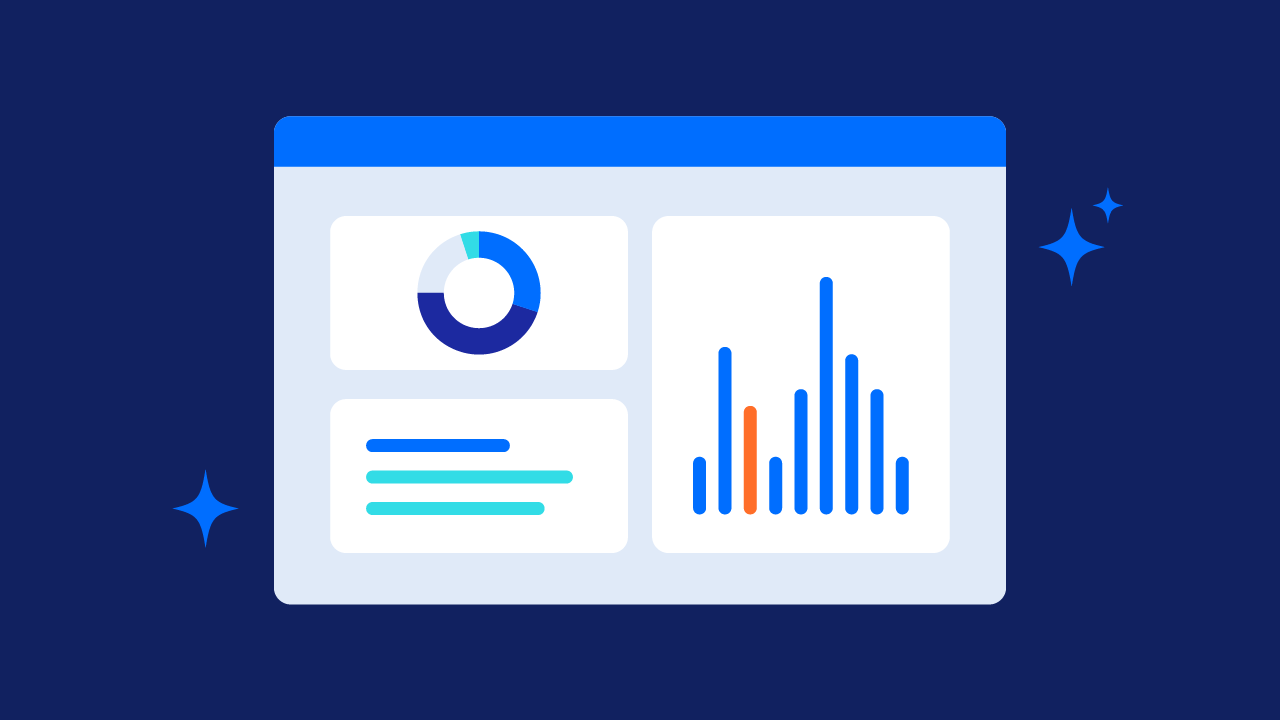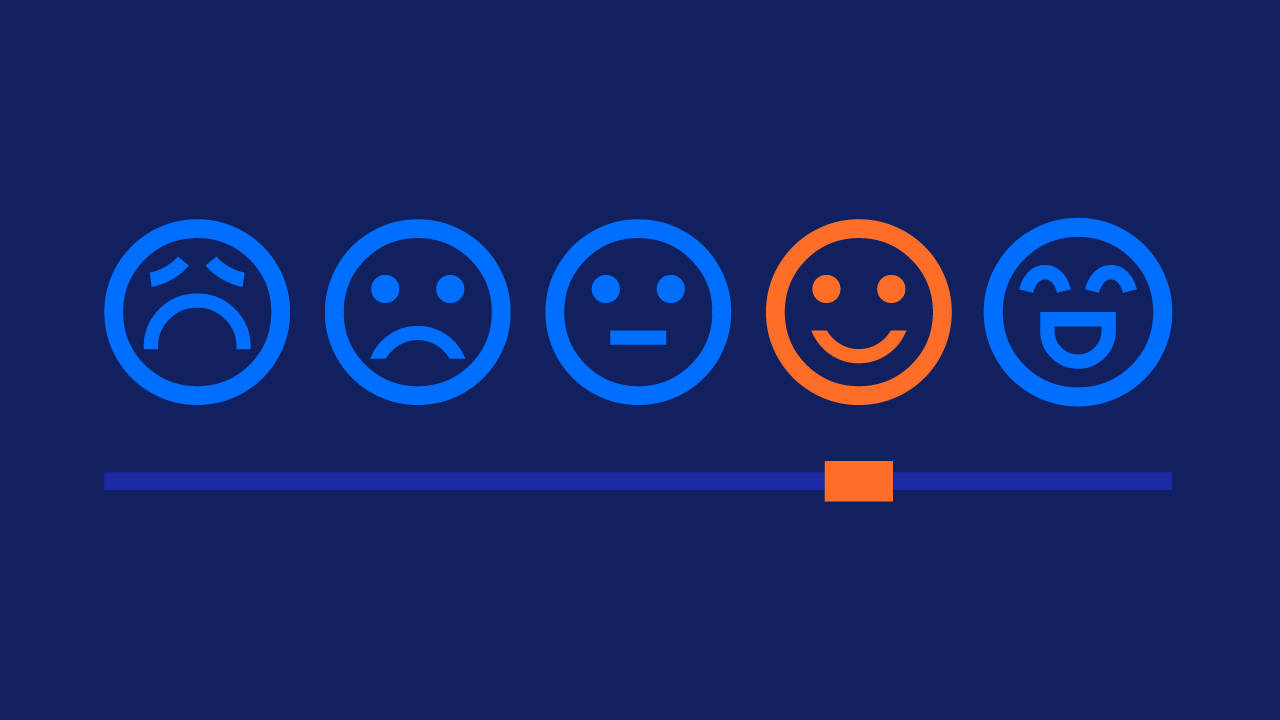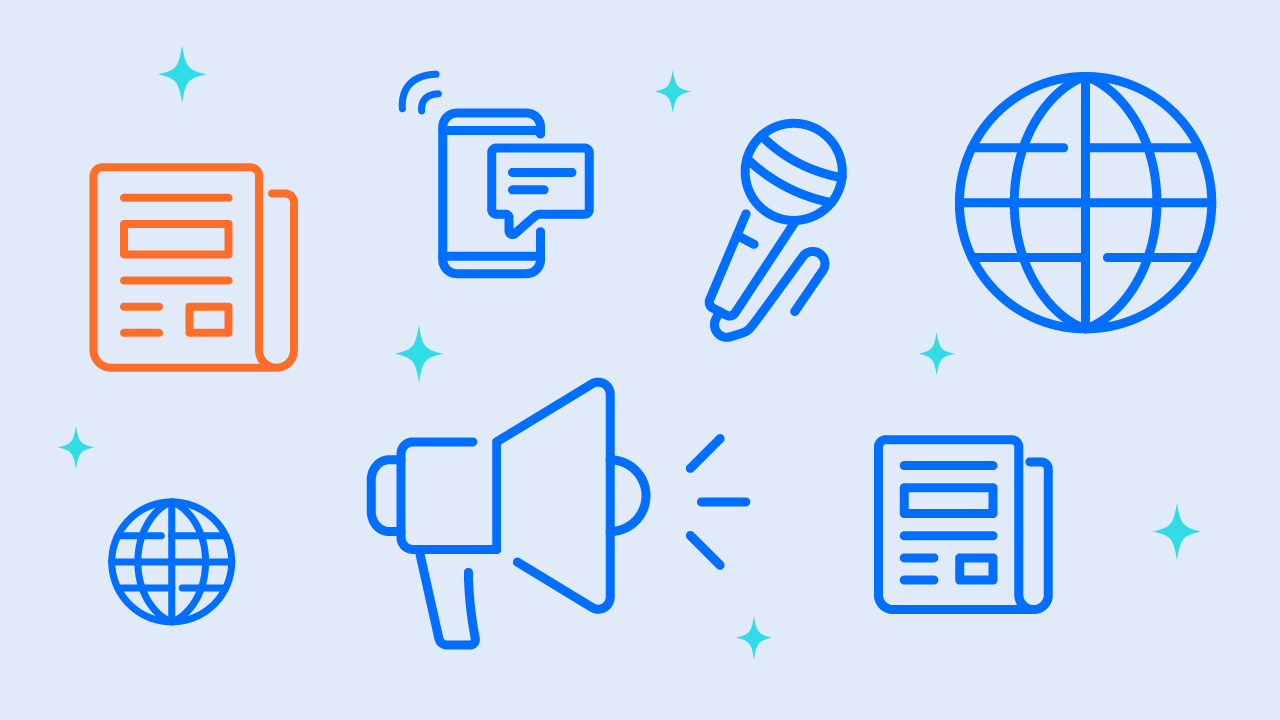If we’ve learned anything from the most recent State of the Media Report, it’s that journalists want and expect more personalized outreach from the PR professionals who reach out to them. It’s certainly a fair ask, as no one wants to be spammed. Plus, journalists are overloaded with pitches as it is. They don’t necessarily have time to read or respond to every single one that comes their way, so when those pitches don’t even apply to them, it’s no wonder 3 in 4 journalists get frustrated to the point of blocking a PR professional who they feel is spamming them, according to the report.
At the same time, PR professionals are juggling their own demanding roles. In addition to being strong communicators, today’s PR practitioners are expected to be astute at data analysis, according to the 2021 Global Comms Report. Researching and identifying the right journalists to reach out to already requires a lot of time and energy in an industry where change is constant. The expectation to craft unique messaging for every single one – with very tight turnaround time on top of that – is nearly impossible.
Or so it would seem.
Fortunately, today’s PR teams also have access to technology that, when used correctly and consistently, enables them to do their jobs just as well as they always have, but more efficiently. When it comes to quality journalist outreach and relationship management, a good media database can help. A media database can help PR teams both identify the right journalists and media influencers for optimal coverage and ensure they are crafting the right messages for the right individuals and the right audiences; however, not all media databases are created equal.
While many media databases boast a high number of contacts, they might not offer much variety in terms of industry, expertise, outlet type or location. Or they have a large database, but the technology is lacking and the search functionality is slow or clunky, preventing you from quickly narrowing in on the right contacts. Other media databases may be limited in information about the contacts – previous work, social media handles, preferred outreach methods, etc. And many simply fail to provide up-to-date or even accurate information.
In an ideal world, you shouldn’t have to choose between quantity (a large, wide-ranging database) and quality (of information, of capability, etc.). A good media database should provide both a breadth of contacts and information, and a fast, efficient and intuitive user-experience so you can quickly and easily home in on the right contacts and information that you need. A really good media database enables you to track your efforts so you know who’s paying attention to your pitches and how to follow up.
Characteristics of a High Quality – and High Quantity – Media Database
With so many different platforms to choose from, identifying one that offers both quality and quantity can quickly get overwhelming. But with the right guidance, it doesn’t have to be. Here we’ve outlined some general characteristics to look for in a good media database.
In addition to a large number of media connections across industries, channels, regions and audiences, a good media database will offer…
- Robust information beyond just an individual’s contact information – from pitching preferences and areas of interest to social media activity and recent bylines – to facilitate personalized outreach
- Editorial calendars to inform content planning and outreach opportunities
- Recommendations for additional contacts based on search results
- Fast and easy search capabilities that enable you to quickly narrow in on the right media contacts, based on location, industry, outlet and more
- Up-to-date, accurate and relevant information
- Easy integration with distribution, CRM and email tools
- Access to insights from platforms like Google & Adobe Analytics, and reporting tools
While this might seem like a laundry list, it is not meant to overwhelm you, but rather to reinforce the notion that you don’t have to sacrifice quality for quantity (or vice versa); you just need to know what to look for – and what questions to ask. Which brings us to the next section…
Questions to Ask When Evaluating PR Database Software
Because your needs are not the same as those of other PR and comms teams’, the following questions - derived from our recently released Media Database Buyer's Guide - will help you identify the right software for your unique, specific needs and goals.
- How big is the database? More contacts mean more potential pickup and earned media, so the bigger the better, right? In this case, yes; but also…
- How often is the database updated? How do you source contact information? The media industry is always moving, so having a continuously updated, expertly curated and thoroughly vetted database is key to ensuring your outreach efforts don’t go to waste.
- What is the make-up of media represented in the platform? While a sizeable list of contacts in your database is ideal, you also need to ensure you’re getting the right mix of journalists, bloggers, vloggers, influencers, TV and radio reporters, podcasters, and even analysts and research firms. It’s also important to consider the reach of the database: Is the database global? Does it capture the regional and local influencers that reach your audiences?
- What sort of information will I find in the database? In addition to contact information and outlets, will you have access to information such as preferred pitching method, recent bylines or social media posts, audience reach or influence?
- What capabilities does the database have? Are there unique search capabilities? What parameters can be set? What are the filtering options? A media database is only as good as its ability to deliver the results you need quickly, so search capabilities – as well as ease of search – are critical.
- How is performance tracked? Will you be able to track how many contacts have opened your email? Or what they did after? Your stakeholders want to see results, so make sure the database you go with can provide them.
- How will this integrate with other software platforms? Will the database integrate easily and seamlessly with other platforms you use – email, media monitoring, wire distribution – to ensure an efficient workflow? (Pro tip: Combining media monitoring software with your database enables you to truly understand trending topics and news stories so you can further refine your pitches and measure your results.)
- What kind of customer support will I get? Will they provide ongoing support? What kind of orientation and educational resources will be available to ensure seamless adaption and troubleshooting?
- How will this save me/my team time? What activities is your team spending time on that a media database can help minimize or eliminate? A good media database is designed to create time-saving efficiencies for your team. Time savings almost always translate to cost savings, and this will be a major point of discussion when you try to get buy-in from the powers that be.
- Is the database intuitive and easy to use? A good media database should be easy to learn and offer a good user experience – otherwise, getting your team to adopt it will be an uphill battle.
This last question can best be answered during a live, hands-on demonstration of how the database works. A demo is also an opportunity to ask any questions that come up that have not already been covered above, so take advantage of it.







